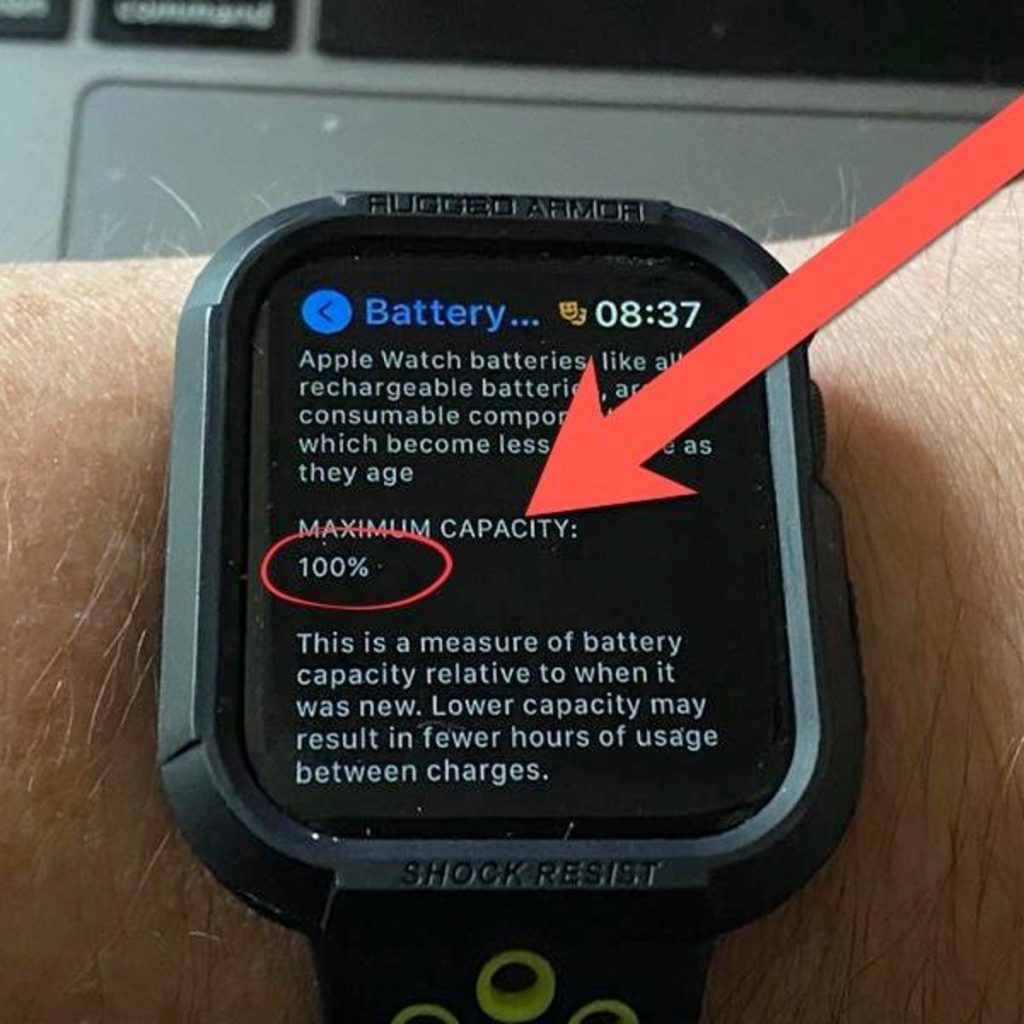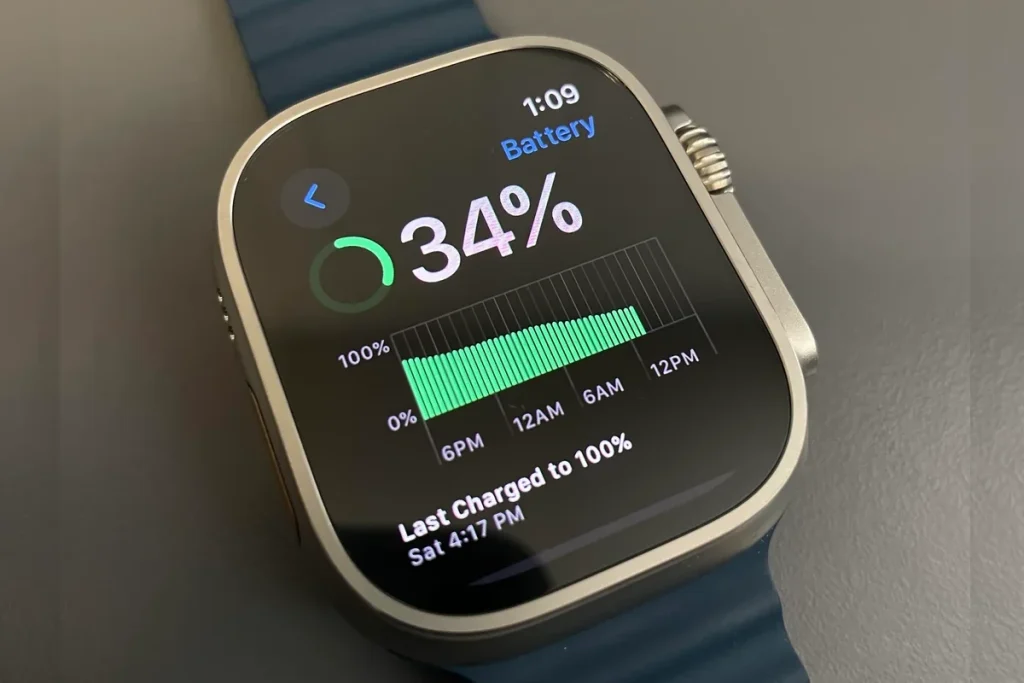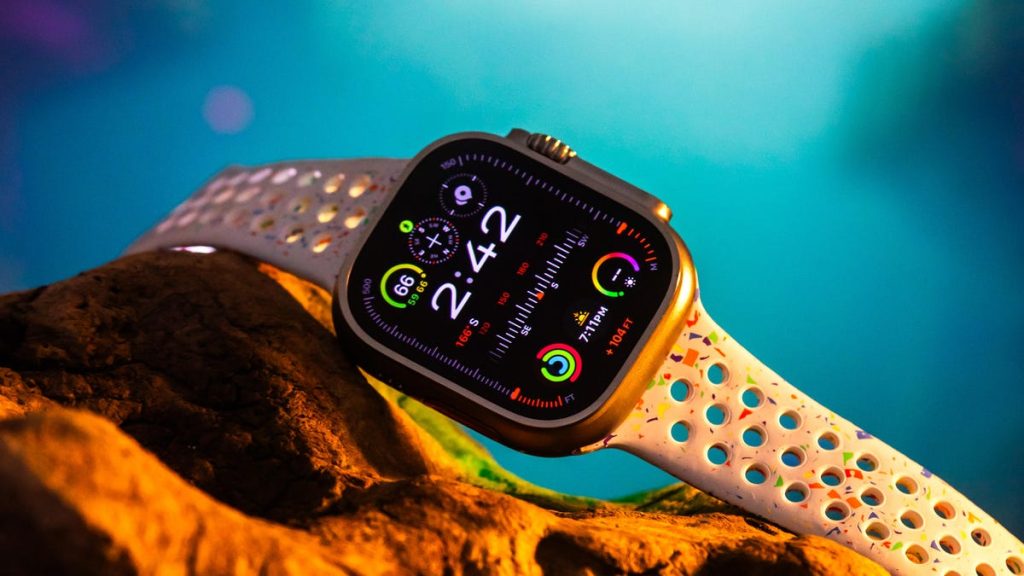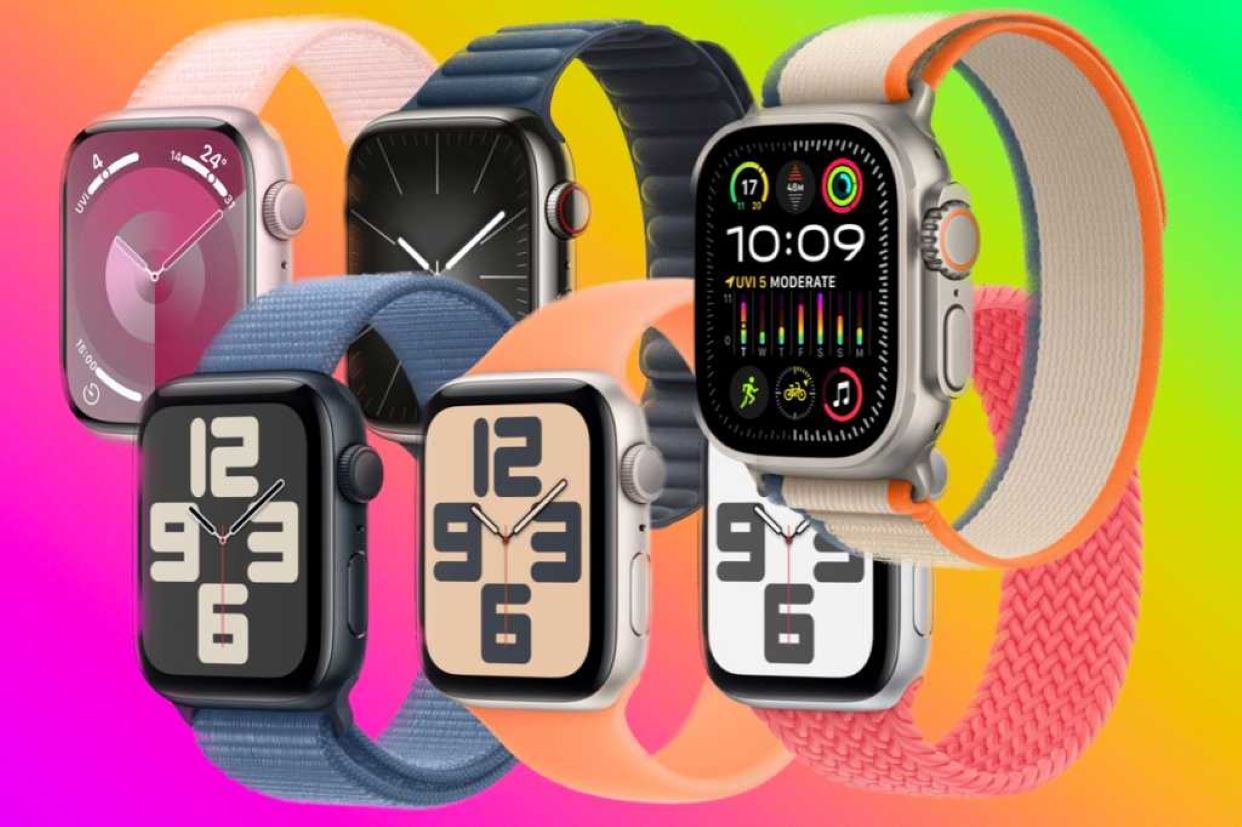In today’s connected world, Apple Watch has become an essential companion for millions of people around the world.
In this guide, we’re also talking about how to improve Apple Watch battery life, so we can make it last longer without frequent charging.
From tracking fitness to managing notifications, this beautiful watch offers a number of great features — but they all hinge on one important thing: battery life.
For many users, getting the most out of their Apple Watch means figuring out how to make its battery last longer.
How do Apple Watch models perform in real-world battery life?
While Apple provides official battery estimates, actual results may vary.
Here’s how the current models perform in everyday use:
—
Apple Watch Series 10
This model comes with Apple’s most advanced battery features ever:
In typical use: 22 to 24 hours
And in standby mode: up to 72 hours
In low power mode: 36 to 40 hours
During exercise (with GPS): 10 to 12 hours
—
Apple Watch Ultra 3
(especially for adventurers)
This model comes with a very impressive battery:
In typical use: 40 to 45 hours
In low power mode: up to 72 hours
In adventure mode: up to 5 days
During exercise (with GPS and heart rate monitor): 18 to 20 hours
—
Apple Watch SE (3rd generation)
(A budget-friendly option)
This model is less good battery life for the price:
In normal use: 18 to 20 hours
In low power mode: 30 to 32 hours
During exercise (with GPS):7 to 8 hours
Factors That Drain Your Apple Watch Battery

Knowing where your battery is being used the most is the first step toward saving it. Here are some of the main reasons why your Apple Watch battery is draining quickly:
Display settings
The always-on display, while convenient, can drain battery life by 20 to 30 percent. Brightness levels also play a role — high brightness uses about 40 percent more battery than medium brightness.
Connectivity features
Continuous cellular and Wi-Fi connections take a toll on battery life.
Cellular usage: If you use a cellular connection instead of Bluetooth on your iPhone, battery life can be reduced by up to 50 percent.
Wi-Fi scanning: Constantly searching for networks can drain an additional 10 to 15 percent of your battery throughout the day.
Background processes

Some things that aren’t visible can drain your battery faster.
App refresh: Apps that update automatically in the background can use 15 to 20 percent more battery.
Location services: Continuous use of location, such as Maps or during exercise, can take up a large portion of the battery.
Push notifications: Each time the screen turns on or vibrates, it takes a small amount of battery, which adds up over the course of the day.
Health monitoring: The more health sensors you have running, the more battery it will use.
Continuous heart rate monitoring: If this feature is constantly on, it can use 10 to 15 percent more battery than regular checking.
Blood oxygen monitoring (Series 6 and newer): It uses an additional 8 to 12 percent of battery.
ECG functions: It doesn’t use much battery when not in use, but it does use about 1 percent of battery each time it’s used.
Battery Life

Understanding the battery is not enough to make your Apple Watch last longer, but there are some simple things you can do to make your Apple Watch last longer.
Lower the brightness.
Keep the brightness at 50 or 60 percent. It’s also easier on your eyes and saves battery.
Turn off the always-on display.
Choose a dark watch face because it uses less battery.
Reduce notifications.
Only turn on notifications for essential apps.
Turn off unnecessary vibrations.
Use the “Do Not Disturb” feature when you don’t need notifications.
Close connections when not needed.
Turn on Airplane Mode when exercising.
Turn off cellular data when your phone is nearby.
Turn off Bluetooth when not needed (but this will disconnect the watch from your phone).
Update the new system.
New system updates (watchOS) help save battery.
watchOS 12 helps the battery last 7 to 10 percent longer.
Beyond understanding the factors affecting battery performance, here are actionable steps to maximize your Apple Watch’s endurance.
Adjust display settings

• Keep brightness at 50-60% to save battery and keep the screen clear.
• Turn off the “Always On” display when not needed.
• Use dark watch faces as they use less battery.
Take care of notifications
• Only keep notifications from essential apps.
• Turn off unnecessary vibrations.
• Turn on “Do Not Disturb” mode when notifications are not needed.
Control connectivity
• Turn on airplane mode when exercising if you don’t need the internet.
• Turn off cellular data if your phone is nearby.
• Turn off Bluetooth when not needed (this will disconnect your watch from your phone).
Install the latest watchOS

• Every update has battery-optimizing features.
• watchOS 12 has improved battery performance by 7-10%.
Close background apps
• Double-click the side button and swipe away unused apps.
• Check which apps are running in the background from the Watch app on iPhone.
Take care of your health sensors
• Keep your heart rate testing intermittently instead of all the time.
• Turn off blood oxygen testing when not needed.
• Turn off the hand-washing timer when not in use.
Use power modes
• Turn on “Low Power Mode” while exercising to make your battery last longer.
• Set “Power Reserve” mode to turn on automatically at 10% battery.
Better settings during exercise
• Use your watch’s GPS instead of your phone’s for GPS.
• Turn off GPS for indoor workouts.
• Turn off the sensor if heart rate data isn’t necessary.
Improve watch faces
• Keep watch faces with fewer features (widgets) to save battery.
• Simple watch faces use 20% less battery than heavy watch faces.
Battery maintenance
• Let your watch run down to 20% once a month, then fully charge it.
• Reset the battery every few months (run down to 20%, then charge to 100%).
When should you replace your battery?
• If your battery health is below 80% (see Settings > Battery > Battery Health).
• If your battery is draining too quickly or your watch suddenly turns off.
• If charging is behaving strangely (e.g., charging quickly drops or increases).
• Apple typically offers battery replacement services for $79-$99.
What’s coming in the future?

• New batteries that hold 30% more power.
• Better chips that use less battery.
• Displays that adjust themselves based on usage.
• Batteries that charge from sunlight.
Conclusion
If you take care of these things, your Apple Watch battery can last longer.
You won’t have to charge it as often and the watch will perform well for your usage.
It’s important to strike a balance between saving battery and the features of the watch.
Also Read About Drones
